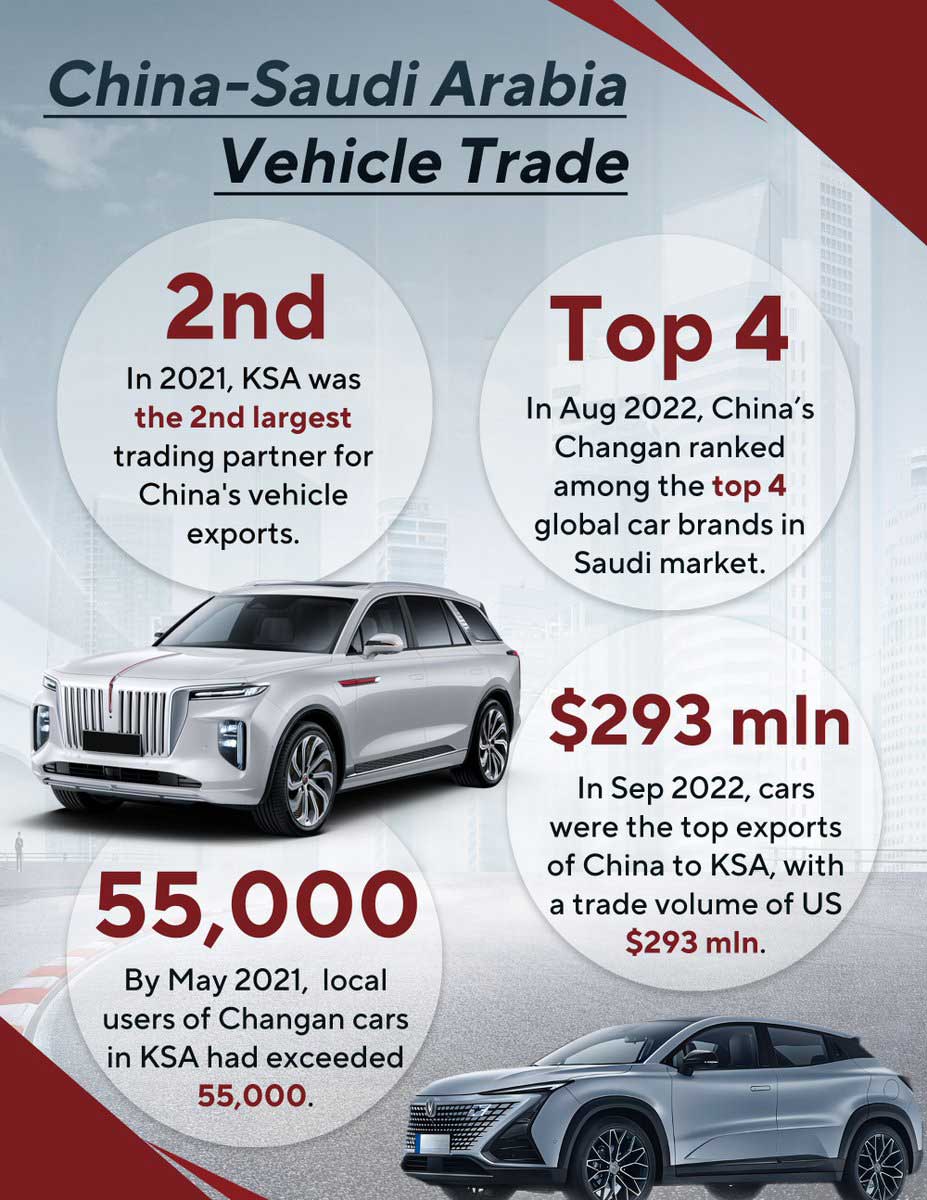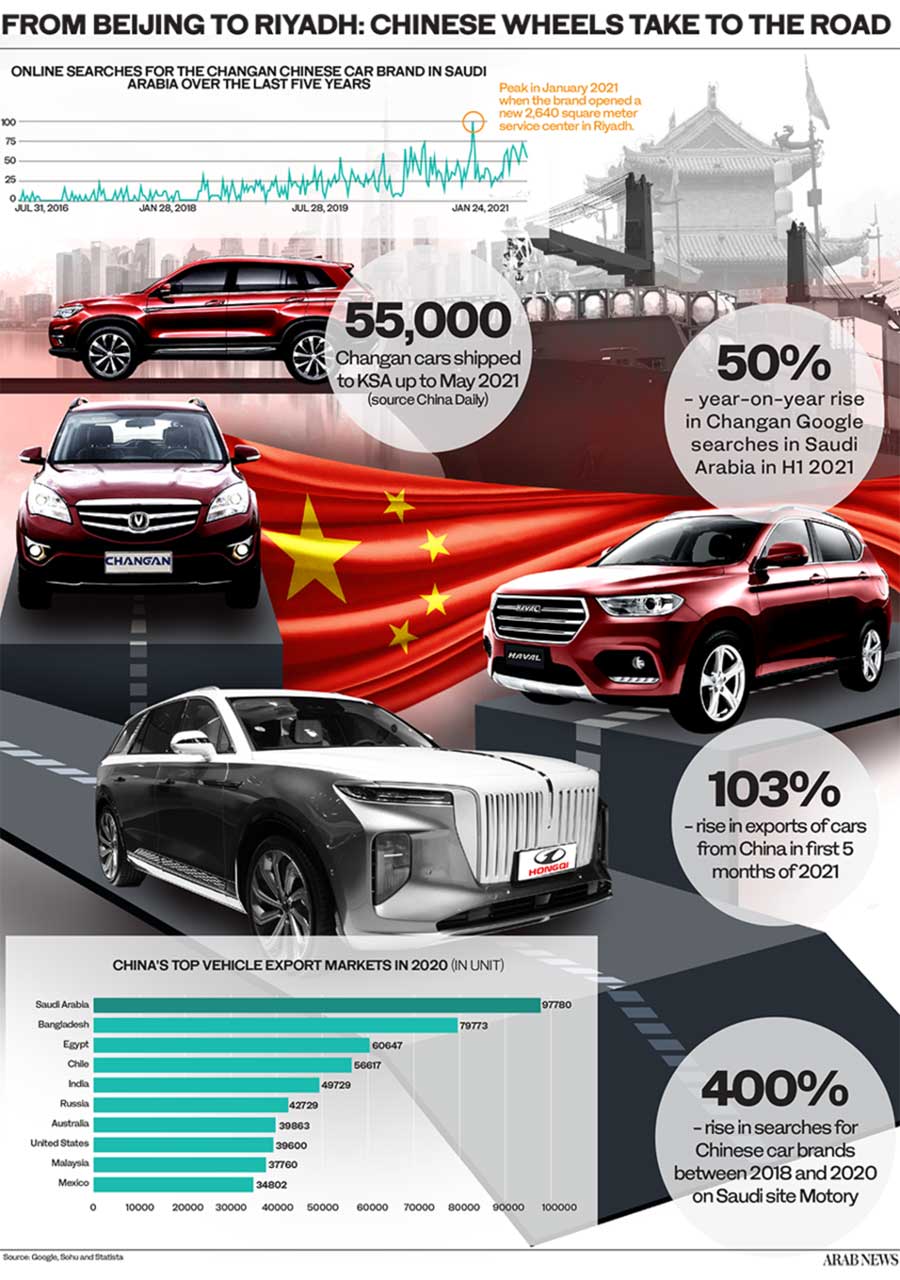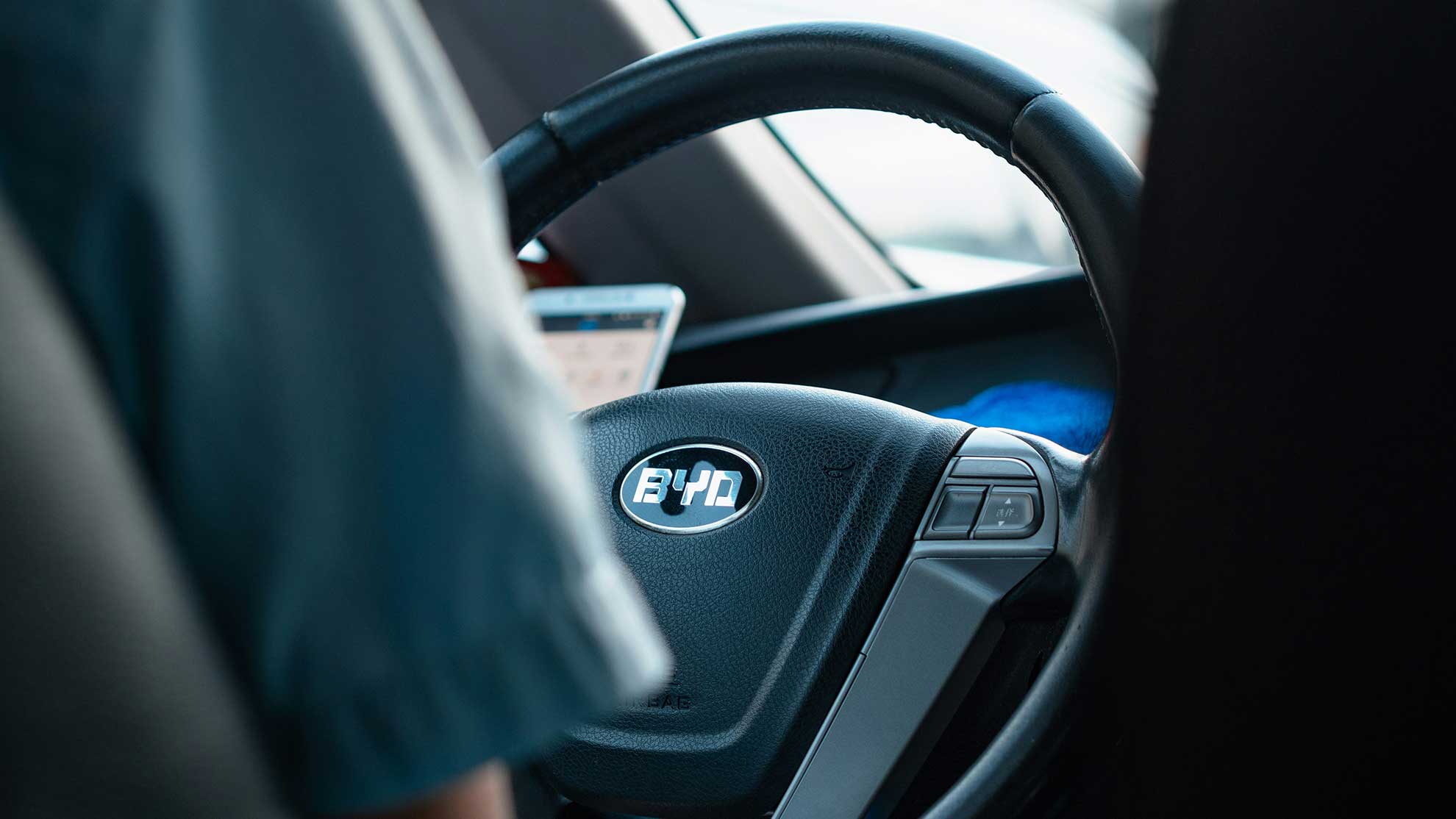When I first visited Saudi Arabia in 2014, I was excited to see many large US cars hard to spot anywhere else than in North America. Yes, Saudis loved their massive oil-gulping 4×4 US Cars. Fast-forward 8 years and the scene has changed: Chinese automotive manufacturers have significantly penetrated the Saudi Arabian market, revolutionizing the landscape of the country’s car industry. This growth has been fueled by several factors, including competitive pricing, advanced features, and changing market dynamics. I am briefly sharing what I see as an interesting market trend to observe:
Market Share and Sales Growth
Chinese carmakers have rapidly increased their market share in Saudi Arabia, now accounting for approximately 12% of new vehicle sales, up from less than 1% in 2017! This surge is reflective of a broader trend across the Gulf, where Chinese brands have capitalized on their value-for-money offerings and innovative designs. At Eurogroup Consulting, we believe this market share is expected to rise to 15% this year, with a particularly stronger presence in the Kingdom’s urban centers. Other key market trends pushing for Chinese cars include: an overall rapprochement between the two countries at Government levels, a booming domestic car rental industry, new car financing schemes (leasing, buy-back), a nascent EV market and the mastering of TikTok algorithm by Chinese car brands.
Key Players and Popular Models
Brands such as Changan, Geely, and MG have become household names in Saudi Arabia. Changan Auto, for instance, sold nearly 20,000 units in 2020 alone, with its user base exceeding 55,000 by May 2021. High-end models like the Hongqi H9 have also seen impressive demand, with over 100 orders shortly after their debut. Geely and Maxus have also established strong footholds, partnering with local distributors like Haji Husein Alireza & Co. I recently was discussing with a key Chinese cars distributor in Jeddah who indicated that he had pre-sold more than 1,000 new Jetour T2 cars in just a week. It is true that, at ~ USD 37,000 the car is an attractive proposition!

Competitive Pricing
One of the primary reasons for the success of Chinese cars in Saudi Arabia is their competitive pricing. A medium-sized Japanese sedan typically costs between 110,000 and 130,000 SAR ($29,000 to $34,000) with limited specifications. In contrast, a similarly sized Chinese car costs between 70,000 and 80,000 SAR ($18,000 to $21,000) and offers substantially higher specifications. This price advantage extends to other categories as well, making Chinese cars highly attractive to middle and limited income consumers.
Technological Advancements and Adaptation
Chinese manufacturers have also invested heavily in technology and innovation, ensuring their vehicles meet the demands of the Saudi market. Features that are standard in Chinese cars often come as optional extras in Japanese models. Additionally, Chinese cars are designed to withstand the harsh climate of Saudi Arabia, with robust air-conditioning systems and enhanced safety features tailored for hot and dry conditions. The perception of Chinese products has improved significantly over the years. Consumers have grown more confident in the quality and reliability of Chinese cars. This increased acceptability, coupled with aggressive marketing strategies on TikTok and frequent promotional campaigns, has played a crucial role in boosting sales.
Strategic Alliances and Distribution Networks
Strategic partnerships with local distributors have further bolstered the presence of Chinese cars in Saudi Arabia. Companies like Geely and Maxus have partnered with Haji Husein Alireza & Co., while JAC Motors collaborates with Al-Jedaei, ensuring wide distribution and effective local support. These partnerships are crucial for maintaining supply chains and ensuring timely delivery, even amidst global logistical challenges.
Diverse Offerings and Customization
Chinese automakers are not just offering basic models; they are also venturing into high-end and luxury segments. For example, the Hongqi H9, a high-end model, saw a surge in orders due to its luxurious features and competitive pricing compared to traditional luxury brands. Moreover, Chinese car manufacturers are continuously improving their products to meet local preferences, such as enhancing air-conditioning systems and ensuring cars can handle the extreme heat of the Saudi climate.

Challenges and Future Prospects
Despite their impressive growth, Chinese carmakers still face challenges in the Saudi market. Japanese and Korean brands continue to dominate, particularly in the high-end segments. The Nissan Patrol and the Toyota Landcruiser remain iconic cars in Saudi. However, the ongoing improvements in Chinese car quality and the strategic focus on popular segments like SUVs and small family cars suggest that Chinese brands will continue to gain ground. Moreover, as the cooperation with countries involved in the Belt and Road Initiative strengthens, the presence of Chinese cars in Saudi Arabia is expected to expand further. The establishment of local assembly plants could also provide a significant boost, offering local employment and reducing owner costs further.
Make no mistake, the penetration of Chinese cars in Saudi Arabia is a trend to stay. It exemplifies a broader trend of growing Chinese influence in the region. With their competitive pricing, advanced features, and strategic market positioning, Chinese car brands are well on their way to becoming major players in the Saudi automotive industry. As they continue to innovate and adapt to local needs, their market share is likely to increase, challenging the dominance of traditional car manufacturers and offering Saudi consumers more choices and better value for their money.



